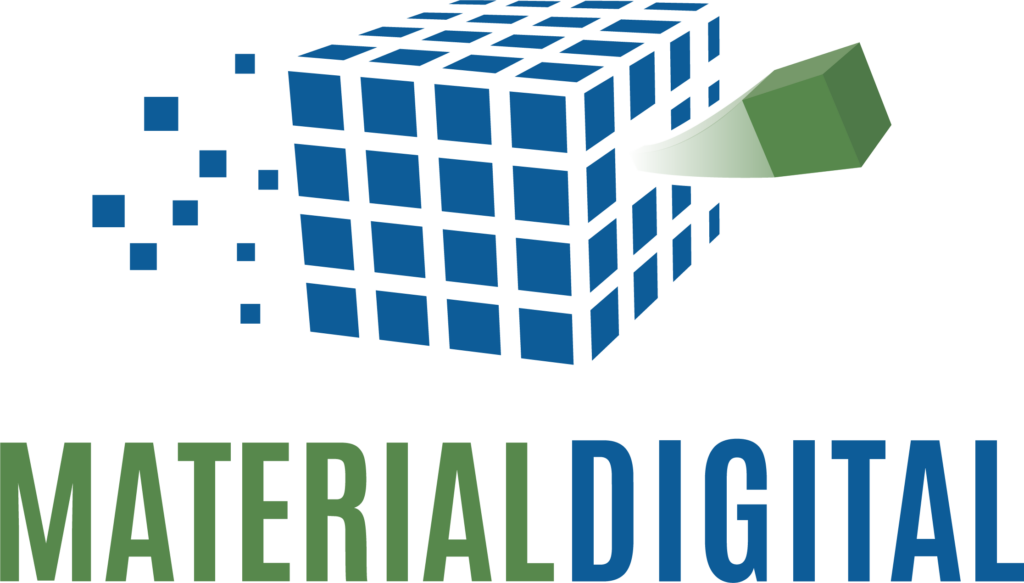Countless chemicals are contained in products and articles that people handle on a daily basis. In order to assess the risks of chemicals and implement existing regulations on their use, access to information on the type and quantity of chemicals in products and articles is essential. This also enables informed consumer decisions and facilitates the circularity of products.
A study has therefore looked at databases that collect and make such information accessible. A total of 57 databases were examined, which were structured very differently and provided data to varying degrees. For example, only 30 databases provided information on the concentration of chemicals in products and 27 databases contained safety information on products or chemicals.
The study highlights a lack of comprehensive or accessible data on chemicals in products and articles for most categories of products and articles. To promote product and article safety and circularity, the researchers recommend, among other things, standardizing databases and their structures, setting them up according to the FAIR principles, clearly labeling chemicals and closing data gaps for unregulated substances.
Original publication: C. Olisah et al., “Toward Product Safety and Circularity: Understanding the Information Structure of Global Databases on Chemicals in Products and Articles,” Environmental Science & Technology, vol. 59, no. 4, pp. 1897-1908, Feb 4 2025, doi: https://doi.org/10.1021/acs.est.4c07992.



